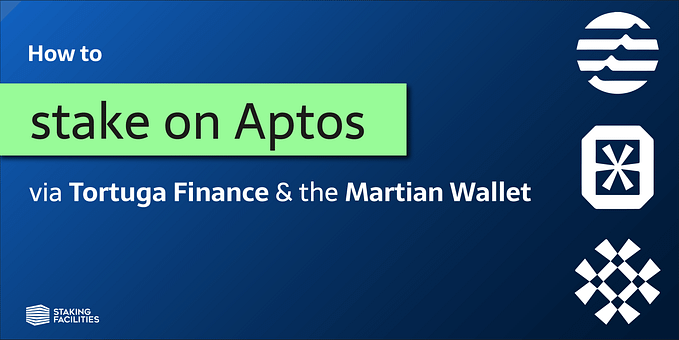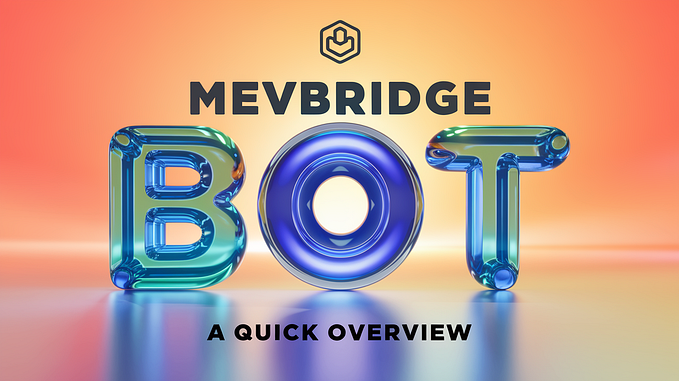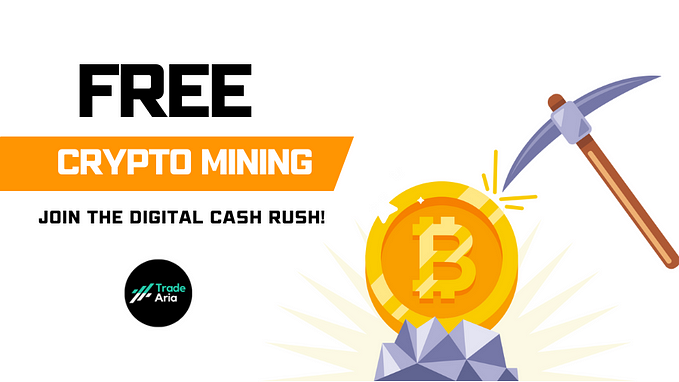Portfolio Spotlight: Lido
With this post, we want to provide a quick intro to Lido, briefly explain how it works, and present our involvement with the project.

The launch of the Beacon Chain on December 1st marked the beginning of Ethereum 2.0 and the transition to a sharded, Proof-of-Stake network. Ethereum 2.0 will launch in several phases, each of which will bring new features and functionalities. The current phase, phase 0, introduces the Beacon Chain, which runs parallel to the Ethereum 1.0 chain and mainly acts as a registrar for validators and their balances. ETH holders can deposit their funds to stake on the Beacon Chain.
Mirko Schmiedl from Staking Rewards composed a comprehensive overview of all the available staking solutions one can use to participate in Eth2 staking. In general, ETH holders have two options to choose from: running their own validator or using a third party service.
Anyone can become a validator on Eth2 by depositing chunks of 32 ETH for every validator they want to run and providing the required infrastructure. Alternatively, one can choose to use the staking services of a third party to stake less than 32 ETH and without having to operate staking infrastructure.
Either way, depositing ETH to stake on Ethereum 2.0 is a one-way transaction only, so that your funds and accrued staking rewards cannot be transferred until transfers are enabled on Eth2 (phase 1.5). They remain illiquid for an unknown period of time. However, your funds can be subject to being slashed, hence a (partial or complete) loss.
At Staking Facilities, we want to provide you with the most secure and seamless staking experience. This is why we decided to join Lido as a node operator. Lido allows ETH holders to stake any amount of ETH without having to operate staking infrastructure or foregoing the liquidity of their funds while at the same time mitigating the risk of getting severely slashed.
What is Lido and how does it work?
Lido is a liquid staking pool solution for Ethereum 2.0. The core of Lido is its’ staking pool protocol, a smart contract that manages ETH deposits, delegations, rewards, and withdrawals as well as minting & burning “staked ETH”.
“staked ETH” are ERC20 tokens that represent your deposited ETH (+ accrued rewards & penalties). The token balances of “staked ETH” are pegged on a 1:1 ratio to ETH staked via Lido and updated on a daily basis. Every time ETH is staked via Lido, new “staked ETH” are minted. Conversely, every time “staked ETH” are redeemed for ETH, “staked ETH” are burned. You can transfer, trade, and use your “staked ETH” before the launch of phase 1.5. However, you can redeem “staked ETH” for ETH only after transfers are enabled on Ethereum 2.0.
Lido is run as a community-governed DAO in which deposited ETH are distributed between reputable, industry-leading node operators that are members of the LidoDAO. This fosters the decentralization of the network, mitigates the risk of a single-source-of-failure and a centralization of power. Furthermore, it allows transparent upgradability, broad participation, and cultivates a professional set of validators as members of the DAO vote on who is allowed to join the DAO as a validator.
Initially, there is a 10% fee on staking via Lido applied by minting “staked ETH” tokens corresponding to 10% of Lido’s profit. These proceeds are used to pay validators, fund slashing insurance as well as the DAO treasury. Key parameters such as the fee are subject to the governance of the DAO, which is enforced through Lidos’ own governance token, LDO.
For an in-depth explanation on Lido, “staked ETH”, or the LidoDAO please refer to the “Lido Primer”.
In case you want to participate in Eth2 staking via Lido, we composed this guide to help you stake with Lido and Metamask.
How is Staking Facilities involved in Lido?
We have been involved in Lido as a validator and node operator ever since testnet, we participated in several test runs, as well as the distributed key generation ceremony. Together with P2P, Certus One, StakeFish, and Chorus One, we were among the first node operators operating validators for the Lido DAO in which we are also invested. We are excited to support the network with our enterprise-grade validation infrastructure and are honored to be a multi-sig signer for the withdrawal keys.
Next to renowned entities such as Semantic Ventures, ParaFi Capital, Terra, KR1, and business angels such as Rune Christensen (MakerDAO), Stani Kulechov (Aave), or Kain Warwick (Synthetix), we also participated in a $2 million funding round for Lido.
Resources
In case you want to learn more about Lido, we highly recommend checking out these resources:
Lido Website
Lido Staking Widget
Lido Staking Guide
Lido Telegram Channel
Let’s connect
In case you have any questions, need more assistance, or simply want to chat, always feel free to reach out to us via Telegram, eMail, Twitter, or LinkedIn!










